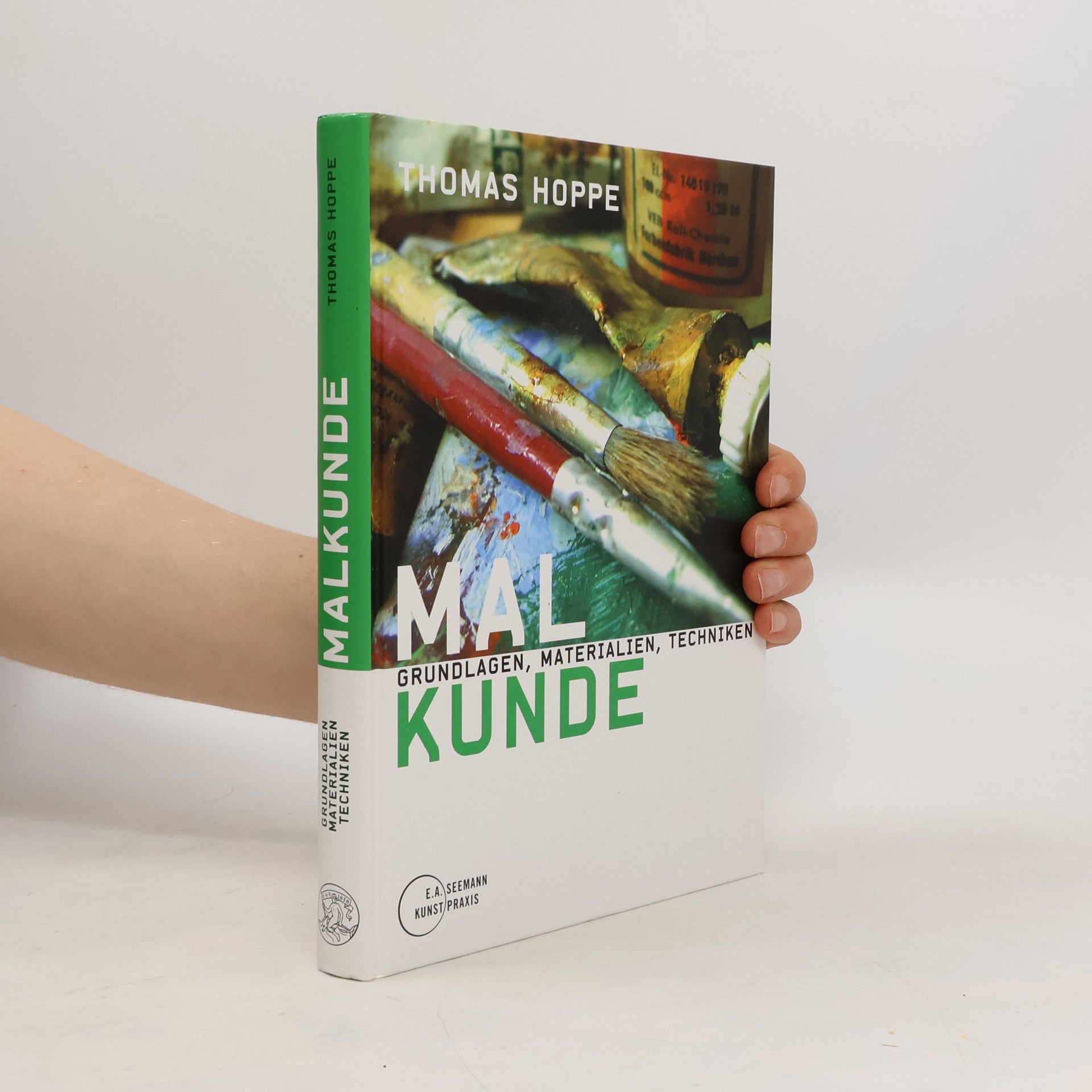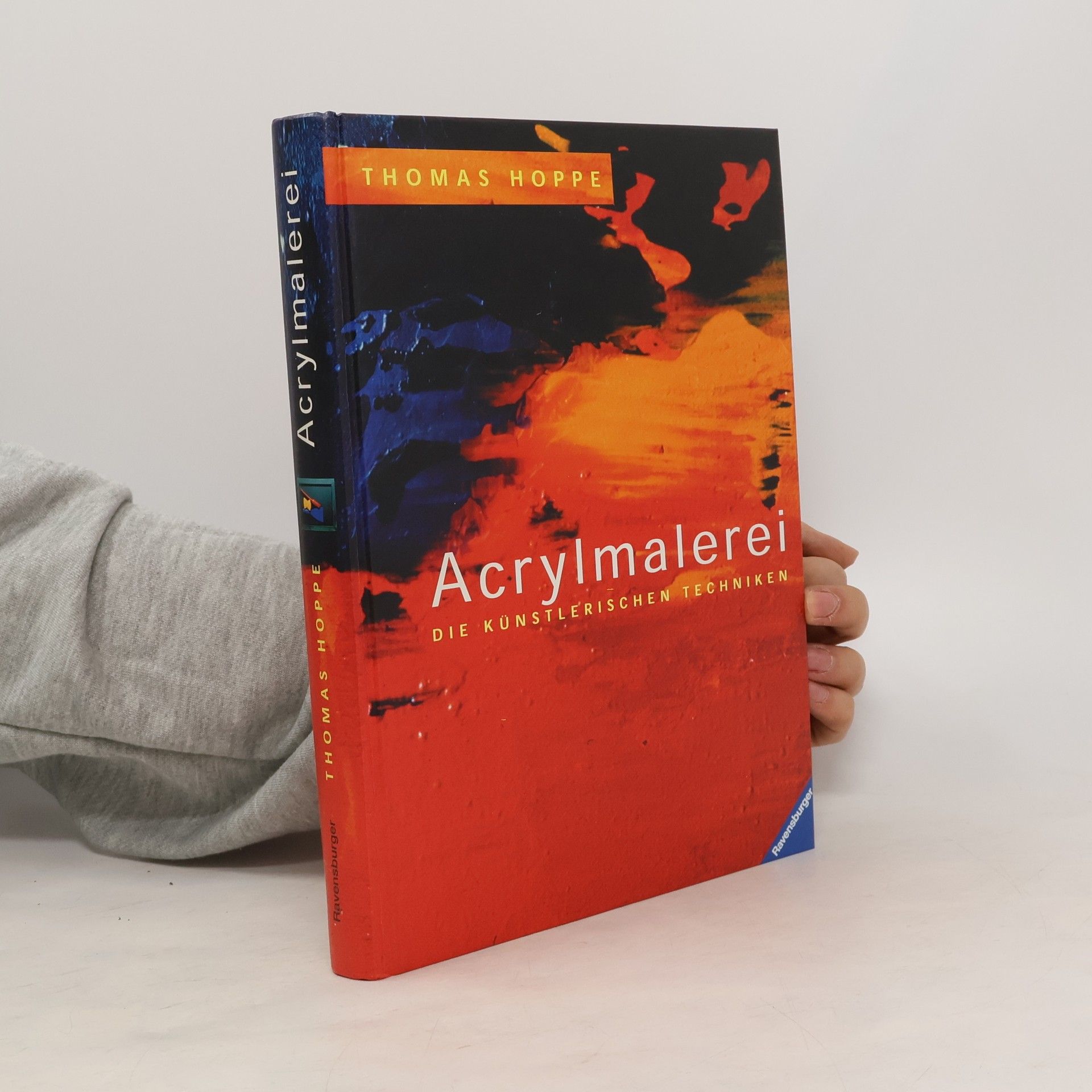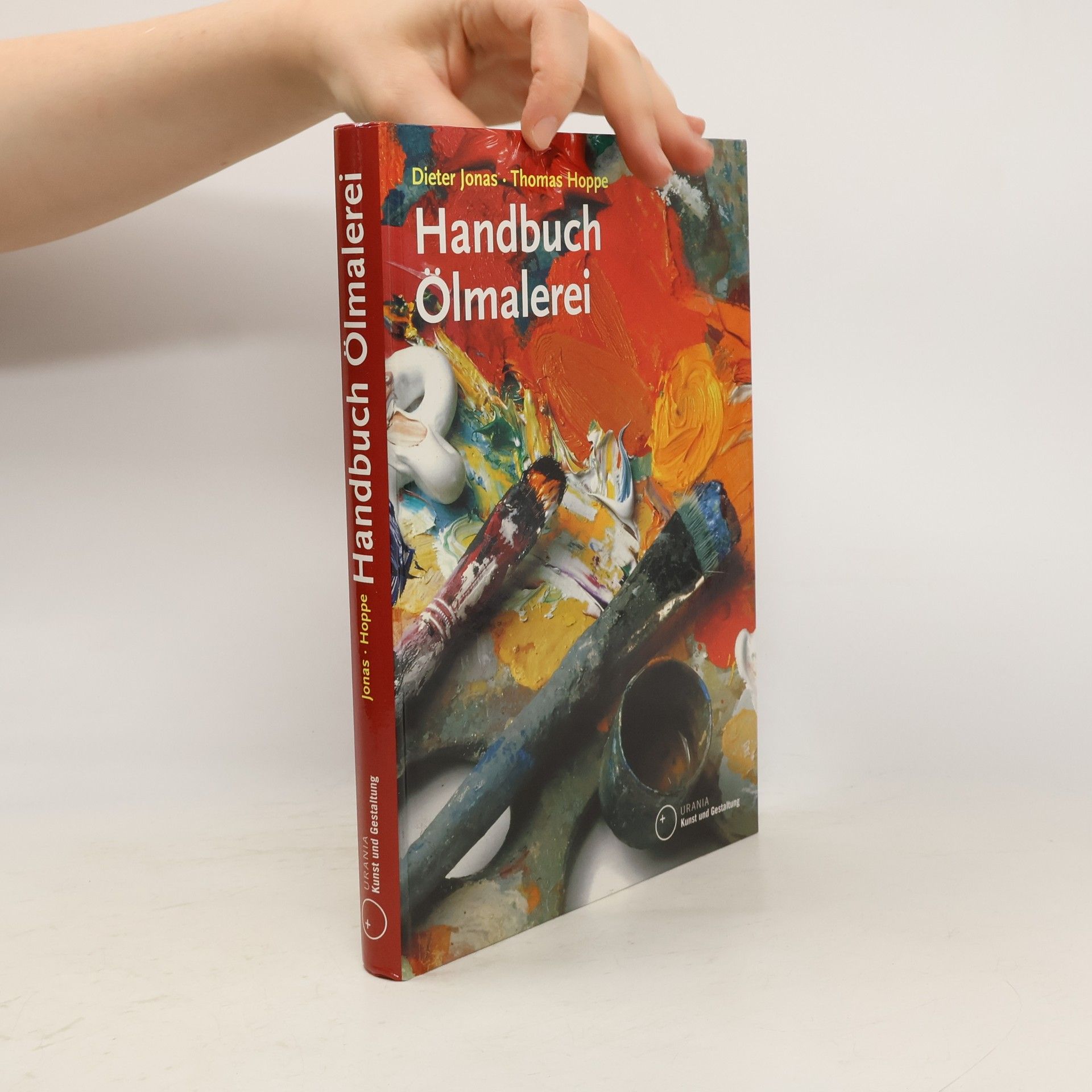Thomas Hoppe Books






Semantische Suche
Grundlagen und Methoden semantischer Suche von Textdokumenten
Semantische Suchverfahren kombinieren Techniken der Textverarbeitung, des Information Retrievals und der Wissensverarbeitung, um Informationssuchenden bessere Suchergebnisse als reine Volltextsuchen zu liefern und die Sprachbarriere zu den Autoren zu überbrücken. Dieses Buch zeigt, wie Komponenten intelligenter Suchverfahren mit diesen Techniken umgesetzt werden und zu unterschiedlichen Extra- und Intranet-Suchmaschinen kombiniert werden können. Hierbei wird der Schwerpunkt auf die Grundlagen und Konstruktionsprinzipien von Verfahren zur semantischen Suche in Texten gelegt. Mit vielen Praxisbeispielen, praktischen Erfahrungen, Aufgaben und Lösungen ist das Buch sowohl für Studierende und Dozenten als auch für Entwickler, Produkt- und Projektmanager und Entscheider bestens geeignet.
Malkunde
Grundlagen, Materialien, Techniken
Malmaterial und seine Verwendung im Bilde - 21. Auflage
- 455 pages
- 16 hours of reading
<div>The leading authority on the materials and techniques of painting. Index; illustrations. Translated and revised by Eugen Neuhaus. </div>